Ukraine’s Right to Strike: U.S. Shifts Stance on Targeting Russian Territories
The United States is reportedly reconsidering its stance on allowing Ukraine to use US-supplied missiles to attack targets within Russia. If this development is confirmed, it marks a significant shift in the dynamics of the Ukraine-Russia conflict. It underscores the evolving nature of US support for Ukraine and the strategic calculations behind such a decision.
1. Background of US Policy on the Use of Weapons
Historically, the US has provided Ukraine with advanced military equipment, including HIMARS and long-range missiles, to defend itself against Russian aggression. However, Washington has banned the use of these weapons to target locations inside Russia, a move aimed at easing tensions with Moscow.
More recently, voices within NATO and allied nations have argued that Ukraine’s right to self-defense includes attacking military targets in Russia, particularly those used to directly attack Ukrainian soil.

2. Reasons for Policy Change
Russia’s continued aggression
Russia has intensified missile attacks on Ukrainian cities and military infrastructure. These attacks, often conducted from bases near the Ukrainian border, have created an urgent need for Ukraine to neutralize such threats at their source.
NATO consensus
NATO allies, including the U.K. and France, have indicated support for Ukraine’s right to target Russian military sites. This growing consensus could influence the U.S. to align its policy with that of allies.
Strategic military advantage
Allowing Ukraine to attack targets within Russia could disrupt supply lines, weaken Russian military operations and potentially shift the balance of power in the conflict.
3. Potential risks and challenges
While this decision could enhance Ukraine’s ability to defend itself, it also carries risks:
- Escalation of conflict: Attacks inside Russia could provoke more robust retaliation, potentially escalating the conflict.
- Diplomatic consequences: The US risks straining relations with countries advocating restraint, as well as facing backlash from countries wary of escalating the conflict.
- Controlled engagement: The report suggests the US could impose “strict restrictions” on the depth and scale of these strikes to maintain control and avoid deep targeting in Russian territory.
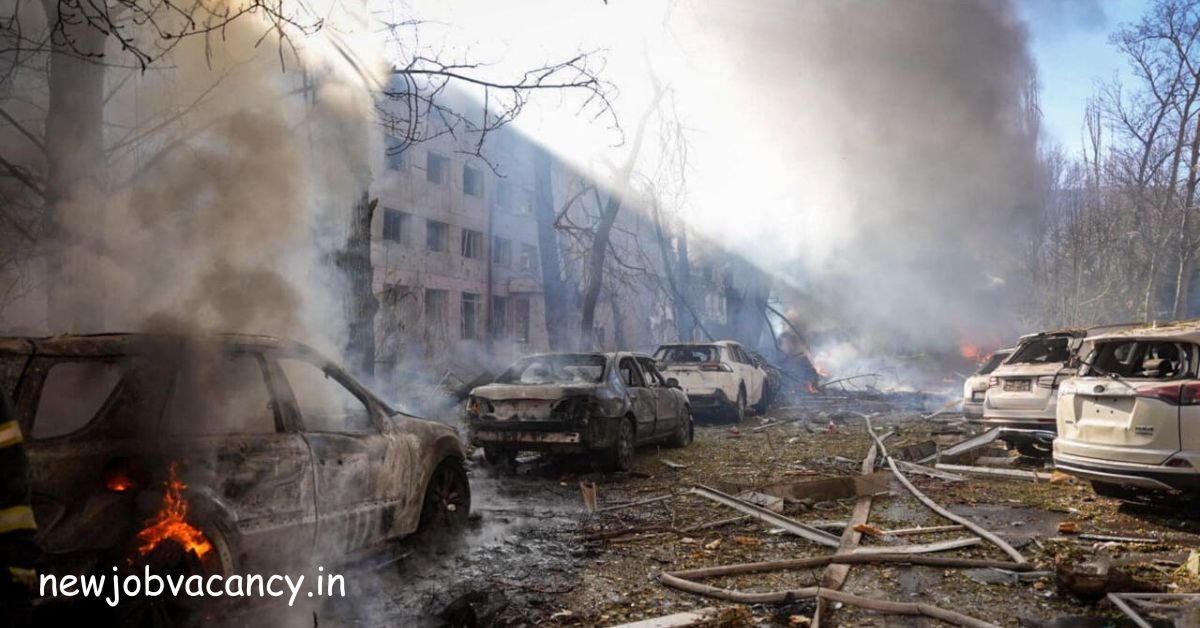
4. Ukraine’s view
Ukraine has consistently argued that protecting its sovereignty includes the right to neutralize threats at their origins, even if they occur outside its borders. Ukrainian officials say such strikes are necessary to protect civilians and critical infrastructure from continued Russian aggression.
5. Global implications
This policy change could have far-reaching implications:
- Stronger NATO unity: Aligning US policy with other NATO members could strengthen the alliance’s collective stance against Russian aggression.
- Impact on Russia: Increased pressure on Russian military infrastructure could weaken its capacity for prolonged conflict.
- Message to global powers: This decision underscores the US’ commitment to support Ukraine, signaling to other countries the seriousness of its stance against territorial violations.
6. Looking Ahead
While the US has not yet formally confirmed this policy shift, discussions suggest there is a growing recognition of the need to adapt strategies in response to the emerging conflict. Ukraine’s ability to use US weapons to attack Russian targets could reshape the battlefield and redefine the direction of this war.
As the situation evolves, the international community will be closely monitoring the consequences of such a decision both on the ground in Ukraine and in the broader geopolitical landscape.
Share this content:
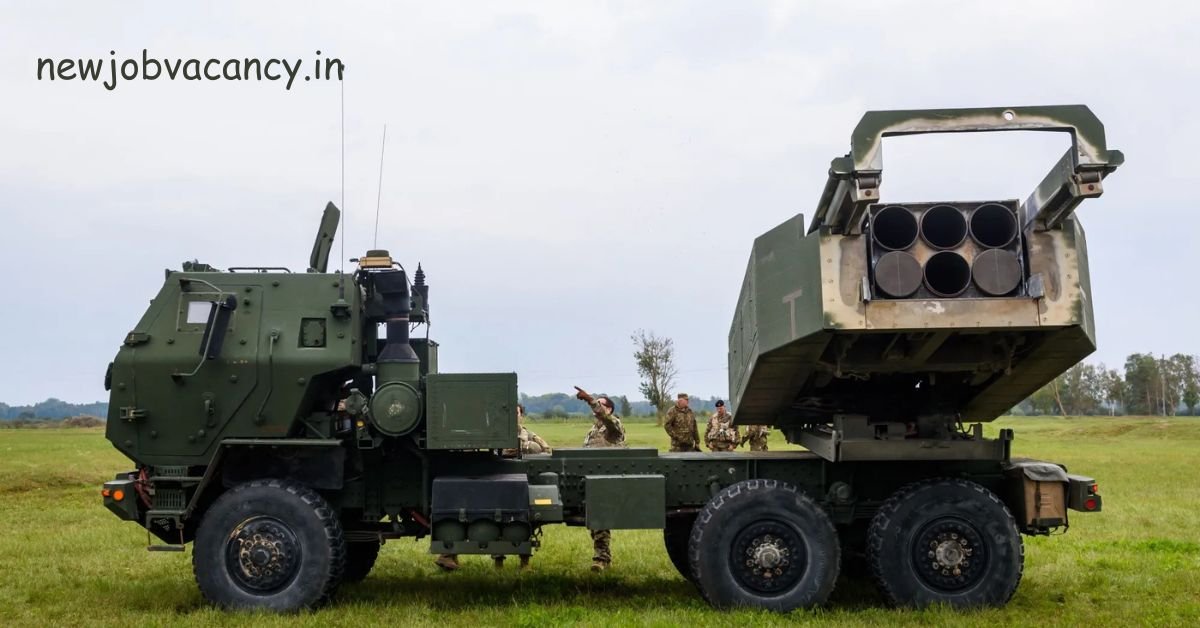






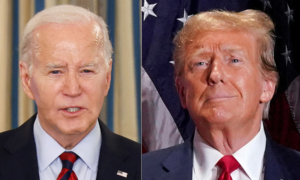
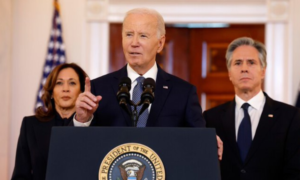


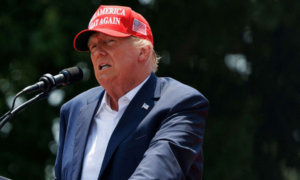


Post Comment